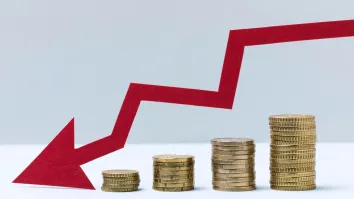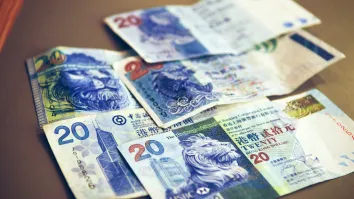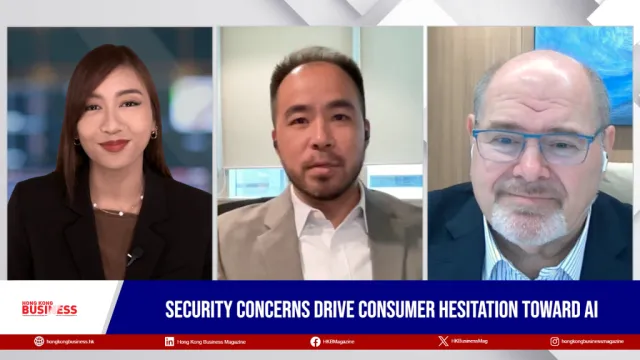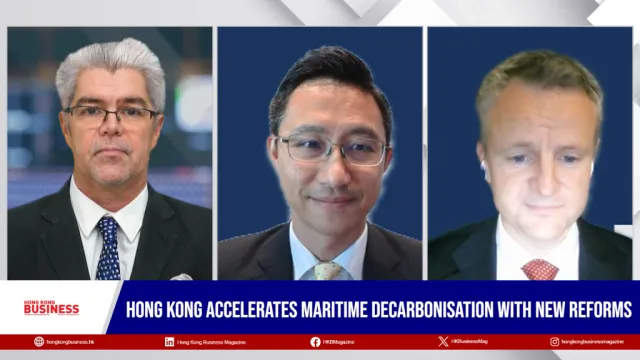Breaking the $HK link to the $US -- this time it's different?
By J. Bradley HallThe ancient Chinese curse "May you live in interesting times" seems to be applying to most of us these days. Of course the Chinese symbols for crisis and opportunity are the same, suggesting the terminal decline of the $US will also bring with it an inter-generational opportunity.
Philosopher George Santayana was famously quoted as saying, "Those who cannot remember the past are condemned to repeat it." Perhaps it is worthwhile to remember that when Hong Kong was established as a free trading port in 1841, there was no local currency in everyday circulation as Indian rupees, Spanish and Mexican reals, and Chinese cash coins ruled the day.
In 1845, the British government linked the Spanish and Mexican reals to sterling but this was short-lived as in 1873, silver was devalued against gold-based currencies, forcing the British to abandon their efforts.
Flash forward to 1933 when FDR signed Executive Order 6102, which required Americans to transfer all gold owned by them to the privately owned federal reserve in exchange for US$20.67. Failure to comply resulted in fines of up to US$10,000 and 5 years in prison. (It remained illegal for US citizens to own gold until 1974).
In 1935, Hong Kong and China also abandoned the silver standard and introduced a crawling peg to sterling. A few years later, the $HK was put on a fixed peg of 16 $HK to 1 sterling and that stood until 1967, when the London gold pool (created to 'manage' the price of gold) collapsed and sterling was once again devalued.
In 1969, the IMF established the Special Drawing Rights and the value of the SDR was initially defined as equivalent to 0.888671 grams of fine gold, which at the time was also equivalent to 1 $US. (US$34.00 today).
In 1971, US President Nixon closed the gold window and defaulted and the $US was only rescued from oblivion in 1973 by the Saudi's who agreed to only accept $US as payment for their oil. In exchange, the US military became an armed federal express ensuring the wells kept pumping and the dollars kept flowing.
Today, pegged at a rate of 7.8 HK$ to 1 $US, currency is issued by the government and three local banks under the supervision of the Hong Kong Monetary Authority. A bank can issue a $HK only if it has the equivalent exchange in $US on deposit. What are the implications for economies like Hong Kong (and Panama) that are intricately linked to the $US?
De-linking would not be a Black Swan event and is actually fairly predictable as monetary scholar Edwin Vieira has observed that every 30 to 40 years the reigning monetary system fails. Add to that, the average life expectancy for a fiat currency being 27 years and a break in $HK and $US link seems inevitable.
So what may replace the $US? Well, the signs are everywhere. In July of 2014, Brasil, Russia, India, China, and South Africa confirmed that they have created a new BRICS Development Bank with a shiny new HQ in Shanghai.
The BDB has received a US$100 billion commitment and has a goal of launching a new gold settled trading and clearing platform as an alternative to SWIFT. Recent US sanctions against Russia are accelerating these plans and gold will clearly play a role in the future global reserve currency.
In June 2009, China began allowing financial institutions in Hong Kong to issue dim sum bonds, marking an aggressive expansion of plans to position the RMb as a new global reserve currency. They have also been aggressively building up their gold reserves.
In November 2014, Canada announced that they had executed the 26th Chinese bi-lateral RMb swap agreement, so the ascent of the RMB seems to be firmly in place.
Western observers have commented that the US will do everything in its power to block the ascent of the RMb, however, the US is losing influence at the IMF, after Congress once again left governance reforms agreed to in 2010, out of the American's 2015 budget.
Christine Lagarde, the IMF's MD, responded in London's Financial Times that she had "expressed her disappointment" to the US and that the IMF will now explore "alternative options". Insiders have suggested that the US may lose its veto power at the IMF as early as Q1, 2015.
The IMF will conduct its next review (every 5 years) of the basket of currencies its members can count toward their official reserves in October 2015. Including the RMb in the SDR system would allow the IMF to recognise the ascent of the world's second-biggest economy while aiding China and the BRICS' attempts to diminish the $US's dominance in global trade. The effect on $US-linked economies like Hong Kong and Panama may be profound.
Is the RMb the next global reserve currency? Possibly! Will the $US terminal decline result in a break of the $HK - $US link? Probably! Will a gold-backed RMb become the next global reserve currency? Very likely!
I remind you of Santayana’s words, "Those who cannot remember the past are condemned to repeat it."
The shift is happening now. This time it's different?




















 Advertise
Advertise






